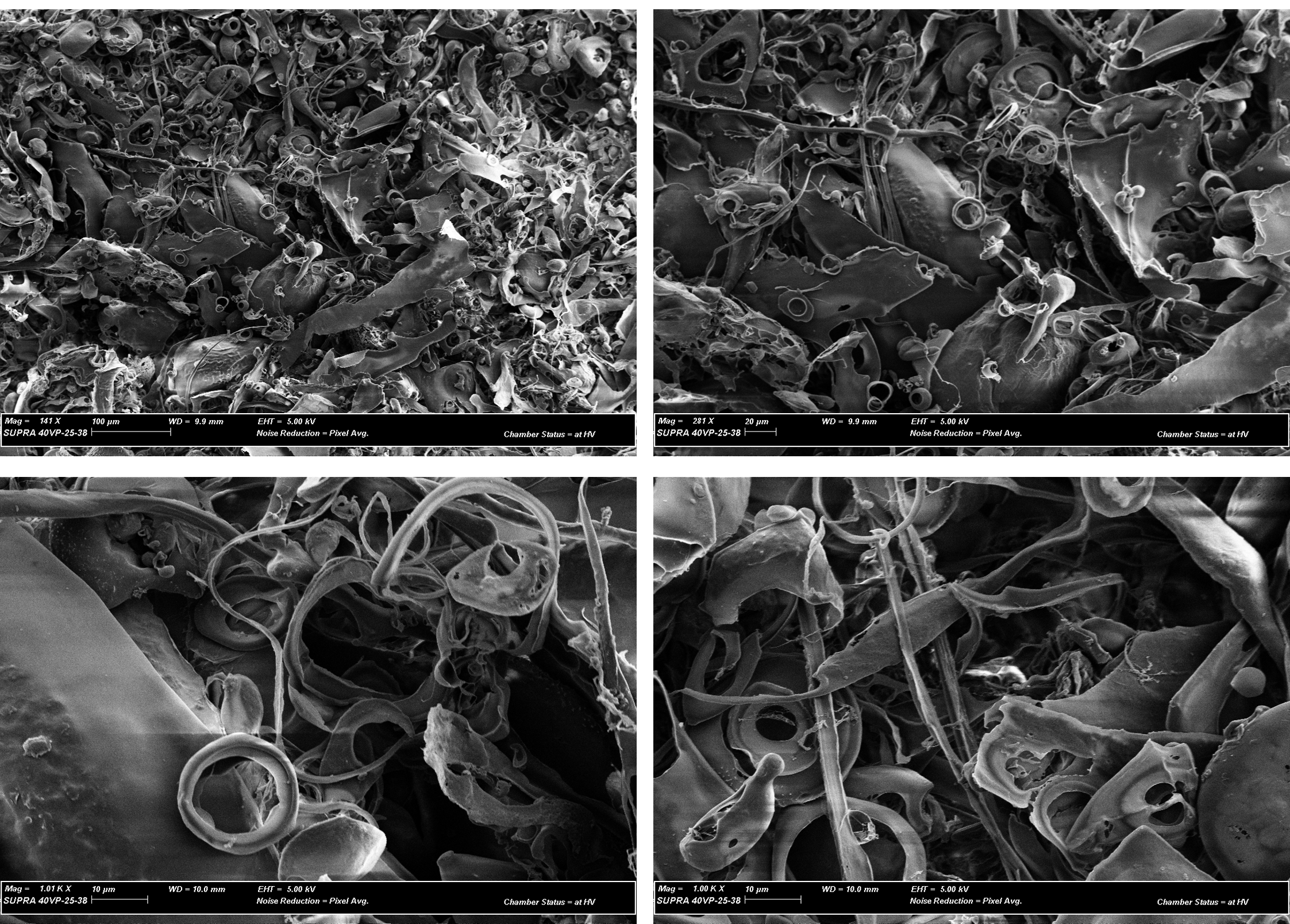Funded project – Circular Economy design for collagen production from aquaculture by-products
The development of a circular design method to transform aquaculture and seafood by-products, and waste materials into valuable collagen protein using laboratory-scale extraction processes.
Background
Aquaculture production generates significant amounts of waste - over 50,000 tonnes in Australia annually - in the form of by-products such as heads, tails, and viscera, which are often discarded as landfill waste, leading to environmental pollution.
This project explored a circular design method to help the aquaculture industry eliminate waste generation by converting aquaculture and seafood by-products into high-value collagen protein, presenting an innovative model for reducing waste generation in fish industries.
To achieve this objective, the project team conducted feasibility studies evaluating waste tissues—primarily fish scales and skin—to assess collagen extraction and compare the quality of obtained collagen fractions.
The project proposed that using fish by-products as a source of collagen significantly reduces waste and eliminates the need for other animal-based sources, making this approach more sustainable and ethical.
The project was led by Swinburne University of Technology in partnership with End Food Waste CRC. This collaboration brought together industry, researchers and the community to reduce food waste throughout the supply chain, increase industry profitability and enhance food rescue to deliver economic, social and environmental benefits for Australia.
The lead investigator, Dr. Nisa Salim, brought expertise in innovative processes to repurpose industry waste, including animal by-products, plastic, and food into value-added products. She had developed a new processing strategy to transform animal waste by-products into high-value materials and commercially valuable compounds.
Stages
| 17/04/2024 | Project inception meeting and development of project plan including communications strategy |
| 15/05/2024 | Identification of seafood waste sources and confirmation of key personnel positions |
| 18/06/2024 | Optimisation of collagen extraction protocol and development of Standard Operating Procedures |
| 15/08/2024 | Completion of collagen purity and quality testing |
| 08/10/2024 | Quality control testing and product prototype evaluation |
| 20/12/2024 | Market research and development of marine collagen products |
Outcomes – what worked?
The project successfully validated a laboratory-scale extraction process that produced high-quality collagen from marine waste byproducts. Starting with 10kg of waste tissues (fish scales and skin), the team developed a reproducible method for extracting this valuable material.
The solution demonstrated significant potential for waste reduction upon commercialisation. With current aquaculture production waste at 53,600 tonnes per year, and two-thirds of this waste available for processing, the project's solution is projected to reduce food waste by 35%, equating to 18,760 tonnes annually.
The project fostered valuable collaborations, with Swinburne University of Technology partnering with four additional stakeholders interested in collagen and compound extraction from seafood byproducts. These collaborations created R&D opportunities both during the project and for potential future scaling of the collagen extraction process.
The project also contributed to workforce development, employing two Research Fellows and one Post-Doctoral Research Fellow throughout its duration.
Challenges
Timeline Constraints
The project would have benefited from extended timelines to allow for more regular stakeholder interaction and higher Technology Readiness Level deliverables.
Strategic Planning
More systematic project planning could have enhanced outcome quality and reliability, particularly in resource allocation and milestone tracking.
Insights to share with other businesses
More systematic and strategic project planning with the team could have enhanced the quality and reliability of outcomes. An extended timeline would have allowed us to interact regularly with potential stakeholders while ensuring higher Technology Readiness Level (TRL) deliverables. This structured approach would have helped us refine outputs, conduct thorough validations, and address challenges. Better planning also enables effective resource allocation, stakeholder engagement, and milestone tracking—ultimately leading to more robust, scalable, and market-ready solutions.
What's next?
The project has reached Technology Readiness Levels (TRL) 2–3 for protein extraction. With additional funding and materials (in tonnes), the project team could evaluate and develop selected sources to achieve TRL 4 proof of concept. Further advancement to TRL 5–7 would be possible through partnerships with commercial entities.
Further funding has been provided to Swinburne University of Technology from End Food Waste CRC for the next stage of the project. The team will be exploring locally sourced seafood and aquaculture byproduct (oyster shell) using efficient and sustainable methods to make value added materials like peptides or similar.
From the grantee
"The project offers a win-win situation. Our project findings offer reduced waste and environmental impact, create economic opportunities and provides a sustainable and ethical alternative to animal-based collagen production!"
More information
- Food Processing article: Turning fish guts into gold
- SeafoodSouce article: Australian university team isolate valuable collagen protein from fish scales and other seafood waste
- ScienceDirect article: Comprehensive review on collagen extraction from food by-products and waste as a value-added material
- Herald Sun article: Future Victoria How fish scraps will transform your make-up routine
